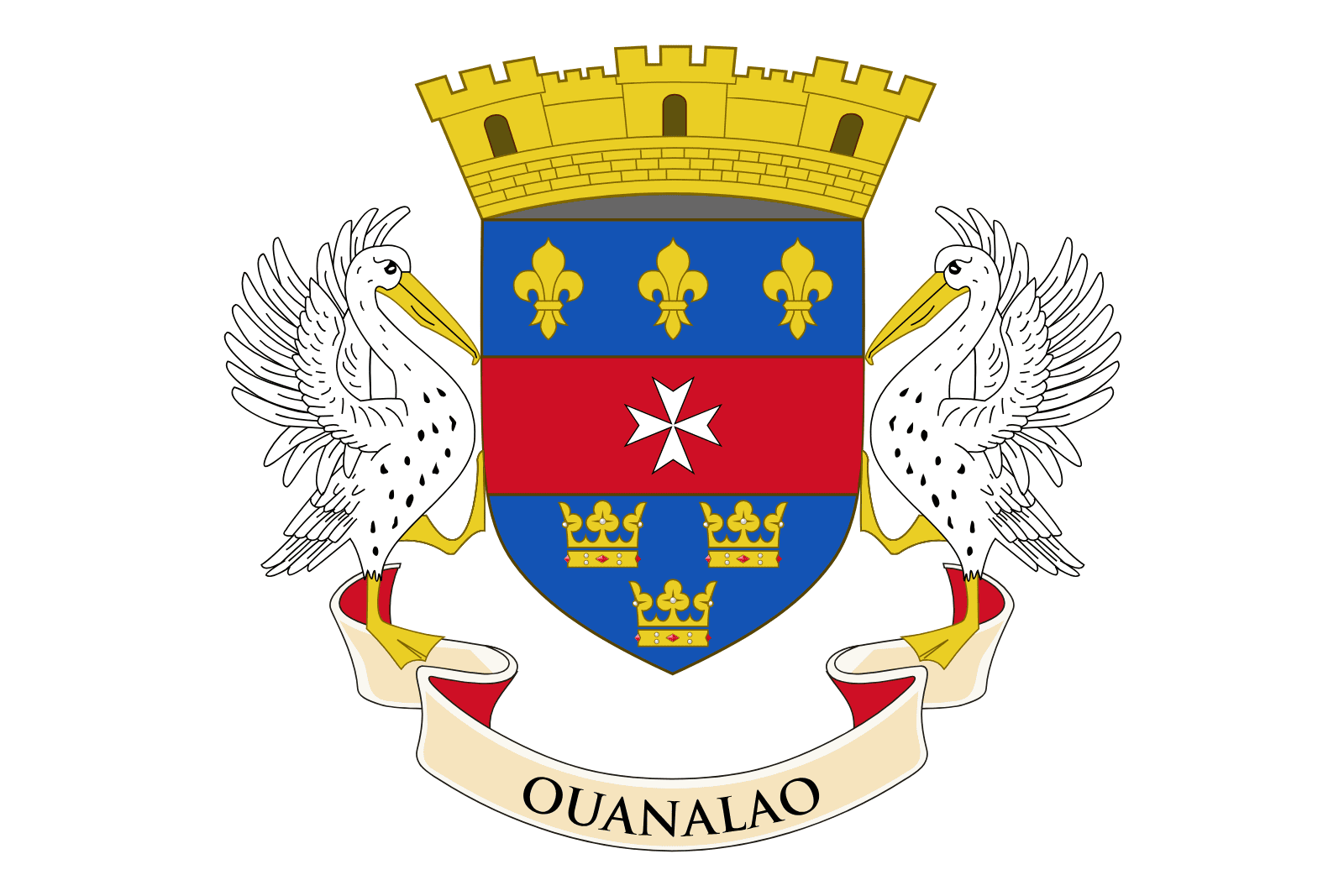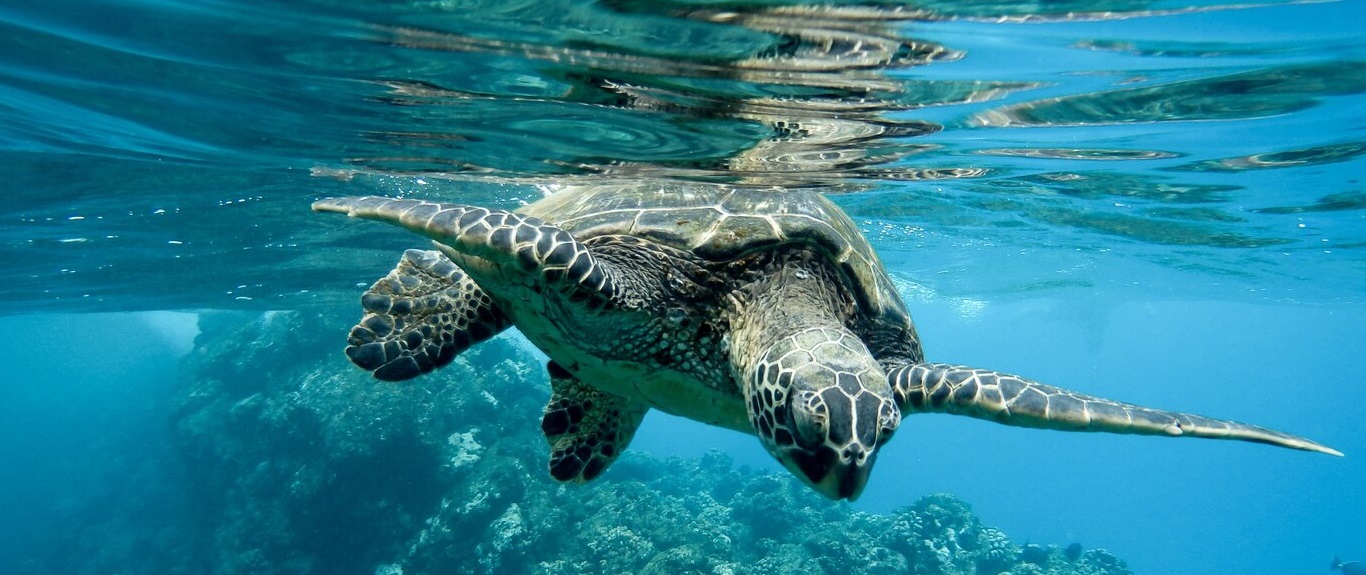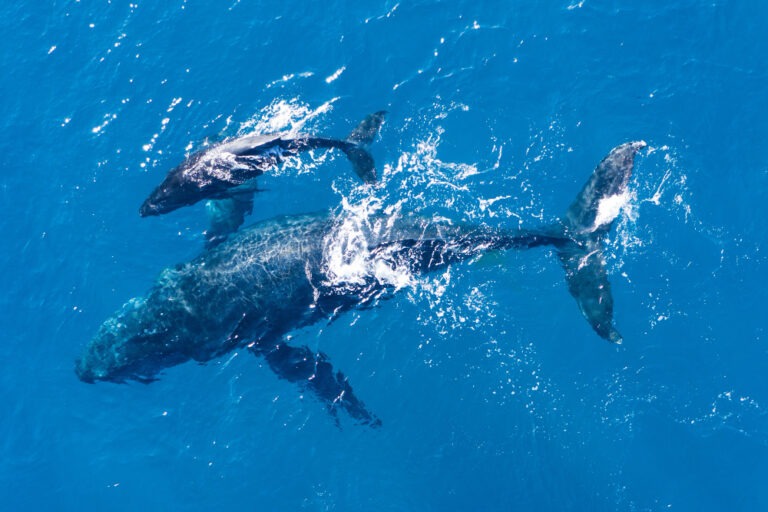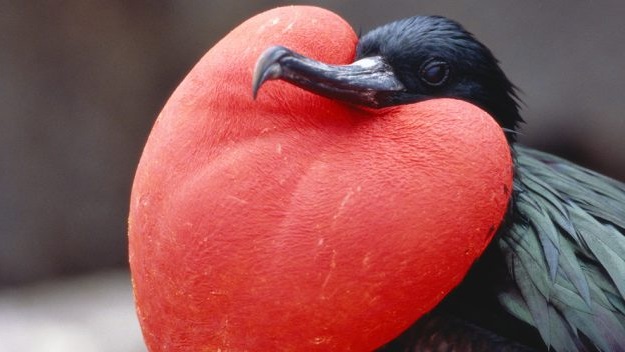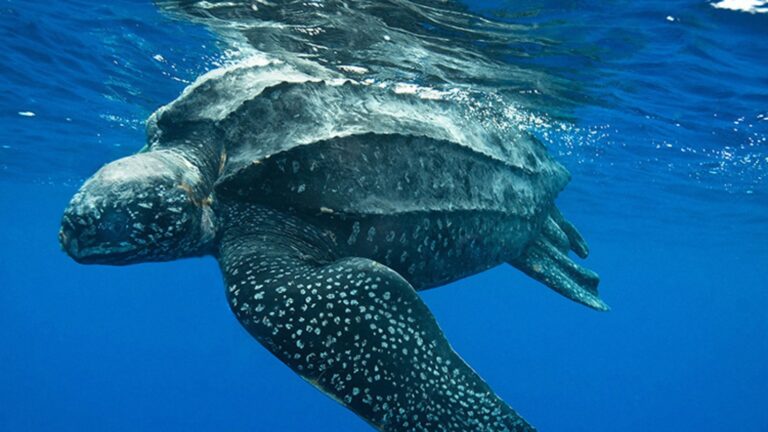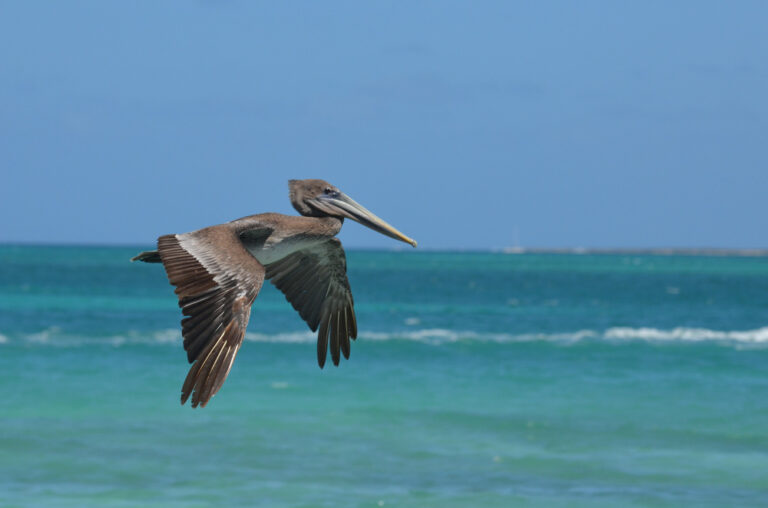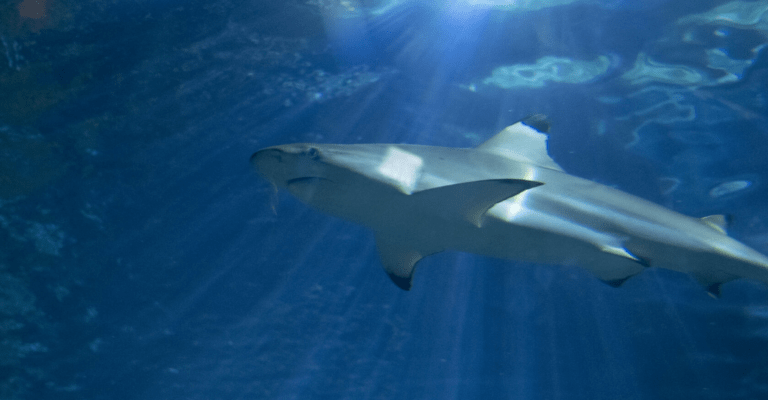Green Turtle in St Barth
The Green Turtle (Chelonia mydas) is another important marine species found in the waters around St. Barthélemy (St. Barth). Known for their large size and herbivorous diet, green turtles are essential to the health of seagrass beds and marine ecosystems.
Characteristics of Green Turtles:
- Appearance:
- Shell: Green turtles have a smooth, heart-shaped carapace that is usually olive to dark brown, often with darker streaks or spots.
- Head: Their heads are relatively small compared to other sea turtles, with a distinct, blunt beak.
- Size: Adults can grow up to 3 to 4 feet in length and weigh between 300 to 500 pounds.
- Diet:
- Herbivorous: Unlike hawksbill turtles, green turtles are primarily herbivores, feeding mainly on seagrasses and algae. This diet gives their fat a greenish color, hence their name.
- Role in Ecosystem: By grazing on seagrasses, green turtles help maintain the health and productivity of seagrass beds, which serve as vital habitats for many marine species.
Habitat and Behavior:
- Seagrass Beds and Coral Reefs: Green turtles are often found in shallow coastal areas, such as seagrass beds, coral reefs, and mangrove swamps.
- Nesting: Females return to sandy beaches, usually at night, to lay their eggs. In St. Barth, nesting occurs during the warmer months.
- Migratory Patterns: Green turtles are known for their long-distance migrations between feeding grounds and nesting sites.
Conservation Status:
- Endangered: Green turtles are listed as endangered due to significant declines in their population caused by human activities.
- Threats:
- Habitat Loss: Coastal development, pollution, and climate change threaten their nesting and feeding habitats.
- Bycatch: Incidental capture in fishing gear, such as nets and longlines, poses a major threat.
- Illegal Harvesting: Green turtles are often hunted for their meat and eggs, despite legal protections.
- Pollution: Marine debris, particularly plastics, can be ingested by turtles, causing injury or death.
Conservation Efforts in St. Barth:
- Marine Protected Areas (MPAs): Establishing and maintaining MPAs helps protect critical habitats for green turtles, including nesting and feeding sites.
- Nesting Site Protection: Measures to protect nesting beaches include monitoring and patrolling, reducing artificial lighting, and implementing beach management practices to minimize disturbances.
- Public Awareness and Education: Programs aimed at raising awareness about the importance of green turtles and the threats they face help foster community support for conservation efforts.
- Regulations and Enforcement: Strong legal protections and enforcement against illegal harvesting and bycatch are essential for the conservation of green turtles.
Viewing Green Turtles:
- Snorkeling and Diving: Green turtles can often be seen while snorkeling or diving in the waters around St. Barth, particularly in seagrass beds and near coral reefs.
- Respectful Interaction: When encountering green turtles, it is important to keep a respectful distance, avoid touching or chasing them, and follow guidelines to minimize disturbance.
In summary, green turtles are a vital part of the marine environment in St. Barth, contributing to the health of seagrass beds and marine ecosystems. Conservation efforts are crucial to protect these endangered turtles and ensure their survival for future generations. Through habitat protection, public awareness, and strict enforcement of regulations, the population of green turtles can be preserved and even restored.

